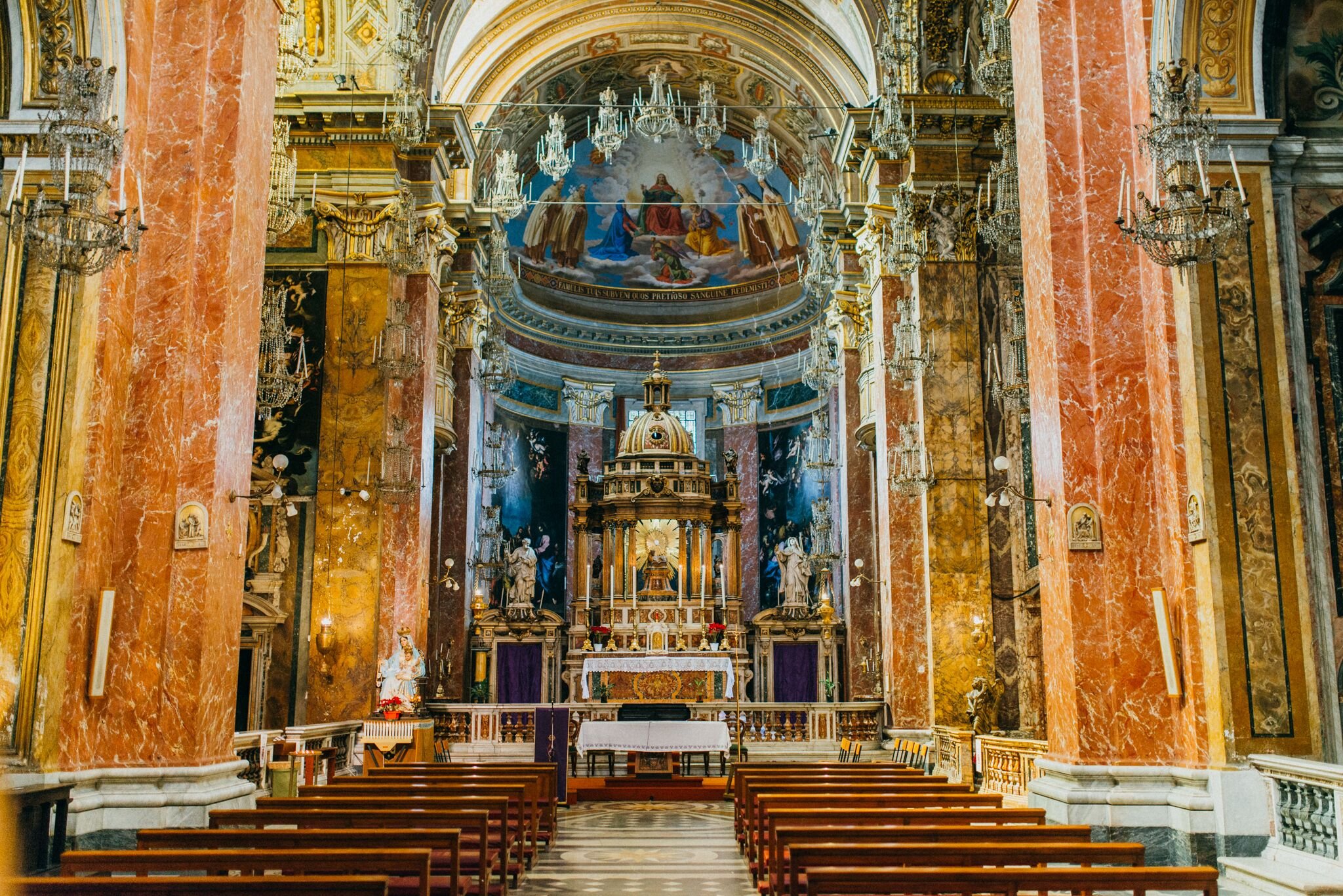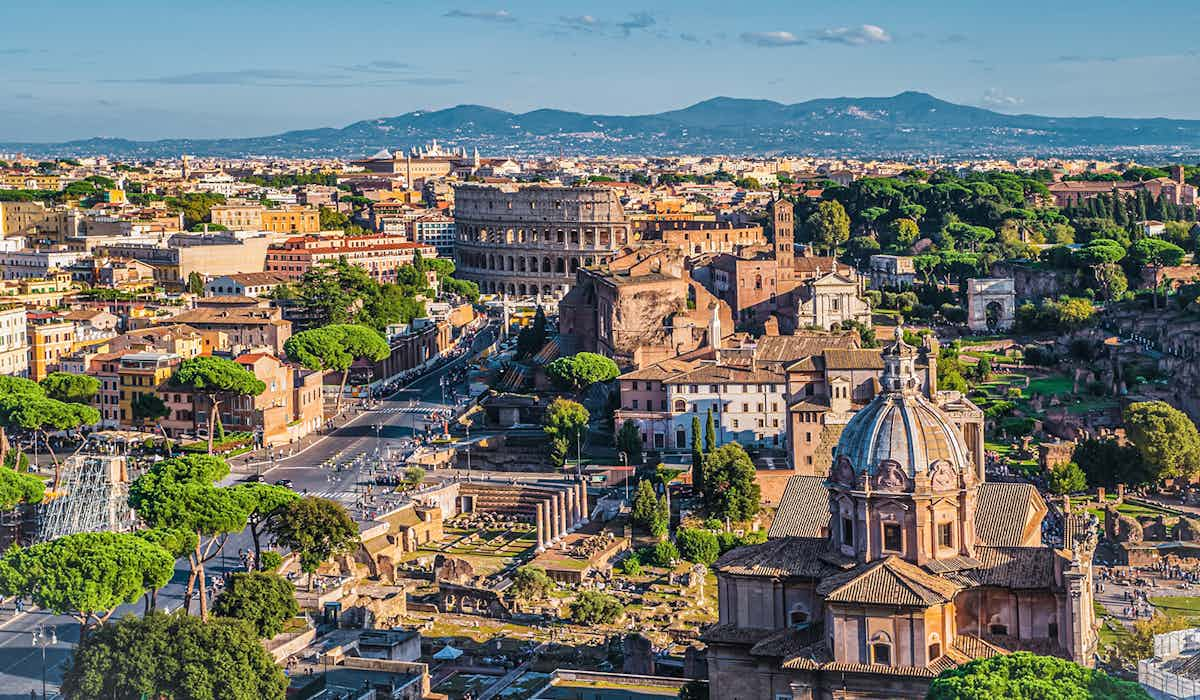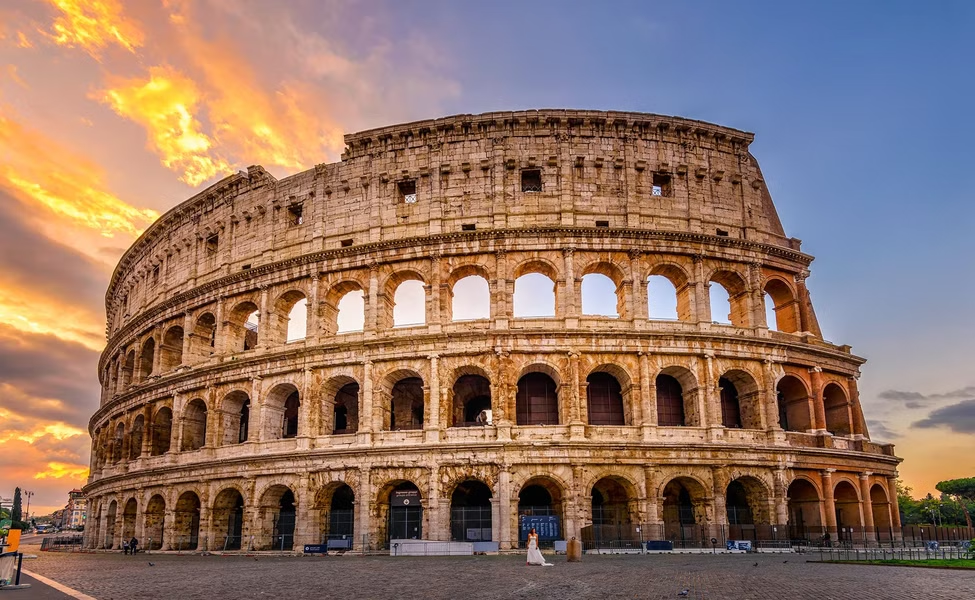The Appian Way, also known as the Via Appia, is one of the most famous roads in the world. It was built in the 4th century BC by the Roman censor Appius Claudius Caecus, and it was the first major road to connect Rome to the rest of the Roman Empire. The Appian Way was also the first Roman road to be paved, and it is considered to be one of the greatest engineering feats of the ancient world.
The Appian Way began at the Porta Capena, one of the gates of Rome, and it ran south through the Italian countryside. The road was approximately 370 miles long, and it took about a week to travel from Rome to Brindisi, the port city on the Adriatic Sea. The Appian Way was used by travelers, merchants, and soldiers for centuries, and it played a vital role in the expansion and maintenance of the Roman Empire.
The Appian Way was also an important religious route. The tombs of many wealthy Romans were located along the road, and it was also the route along which many Christian martyrs were led to their deaths. Today, the Appian Way is a popular tourist destination, and it is also a popular spot for cyclists and runners.
History of the Appian Way
The Appian Way was built in the 4th century BC by the Roman censor Appius Claudius Caecus. Caecus was a controversial figure, but he was also a visionary leader. He saw the need for a good road to connect Rome to the rest of the Roman Empire, and he was determined to build it.
The Appian Way was a massive undertaking. It took thousands of workers several years to build the road. The road was made of layers of compacted gravel and stone, and it was paved with large blocks of lava rock. The Appian Way was also equipped with bridges, culverts, and milestones.
When the Appian Way was completed, it was the most impressive road in the world. It was a straight and wide road that could be traveled by wagons and carts. The Appian Way was also a safe road, thanks to the Roman legions that patrolled it.
The Appian Way in the Roman Empire
The Appian Way played a vital role in the expansion and maintenance of the Roman Empire. The road made it easy for Roman soldiers to travel to different parts of the empire, and it also made it easy for merchants to trade goods. The Appian Way also helped to spread Roman culture and language throughout the empire.
The Appian Way was also an important religious route. The tombs of many wealthy Romans were located along the road, and it was also the route along which many Christian martyrs were led to their deaths.
The Appian Way Today
The Appian Way is still in use today. It is a popular tourist destination, and it is also a popular spot for cyclists and runners. The Appian Way is also home to a number of archaeological sites, including the tombs of many wealthy Romans.
One of the most popular attractions on the Appian Way is the Catacombs of Rome. The catacombs are a series of underground burial chambers that were used by early Christians. The catacombs are home to the tombs of many saints and martyrs, and they are also decorated with beautiful frescoes and mosaics.
Another popular attraction on the Appian Way is the Parco Regionale dell'Appia Antica. This park is located along the Appian Way, and it is home to a number of archaeological sites, including the tombs of many wealthy Romans. The park is also a popular spot for hiking and biking.
The Appian Way in Culture
The Appian Way has been featured in many works of art and literature. For example, the Appian Way is mentioned in the works of Virgil, Horace, and Ovid. The Appian Way has also been featured in paintings by artists such as J.M.W. Turner and Claude Lorrain.
The Appian Way is a reminder of the power and ingenuity of the Roman Empire. It is also a testament to the importance of roads in connecting people and cultures.
Conclusion
The Appian Way is one of the most famous and important roads in the world. It was built by the Romans in the 4th century BC, and it played a vital role in the expansion and maintenance of the Roman Empire. The Appian Way is also a popular tourist destination today, and it is home to a number of archaeological sites.






























